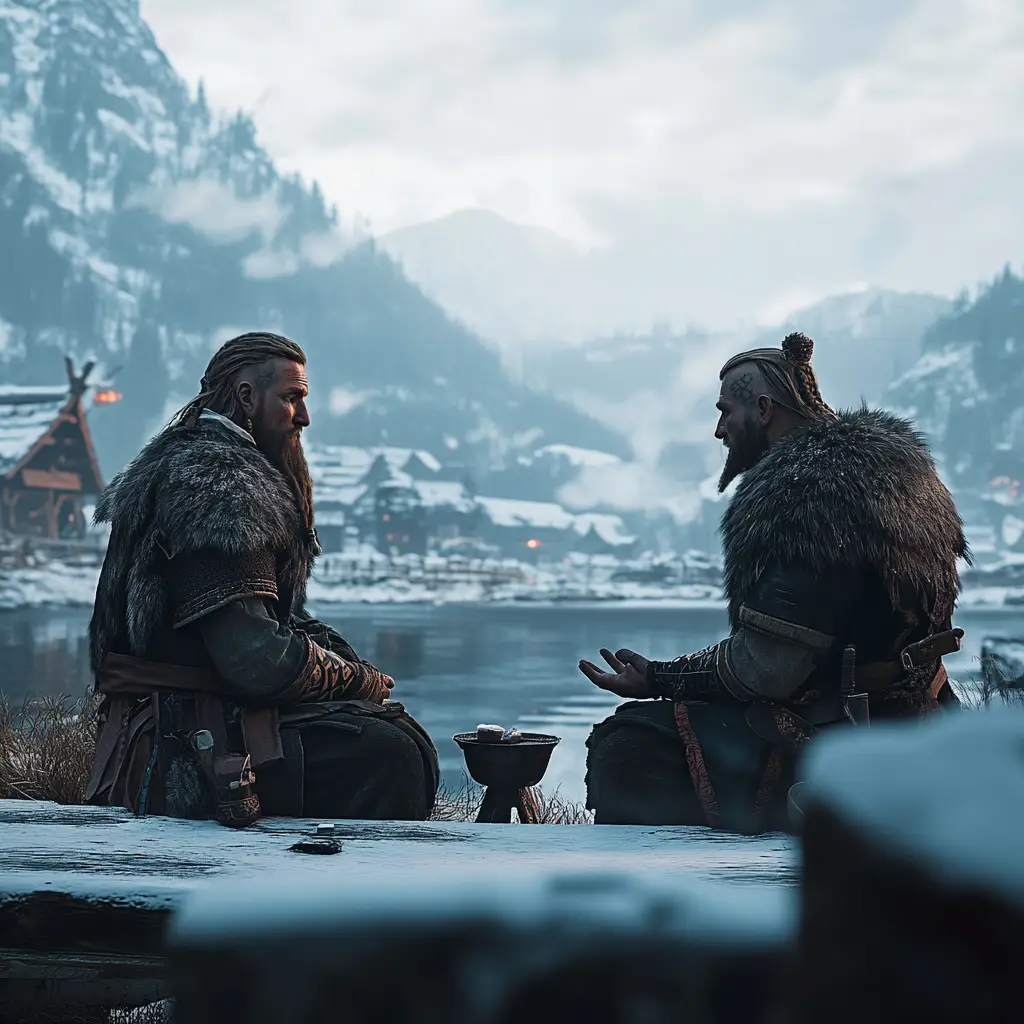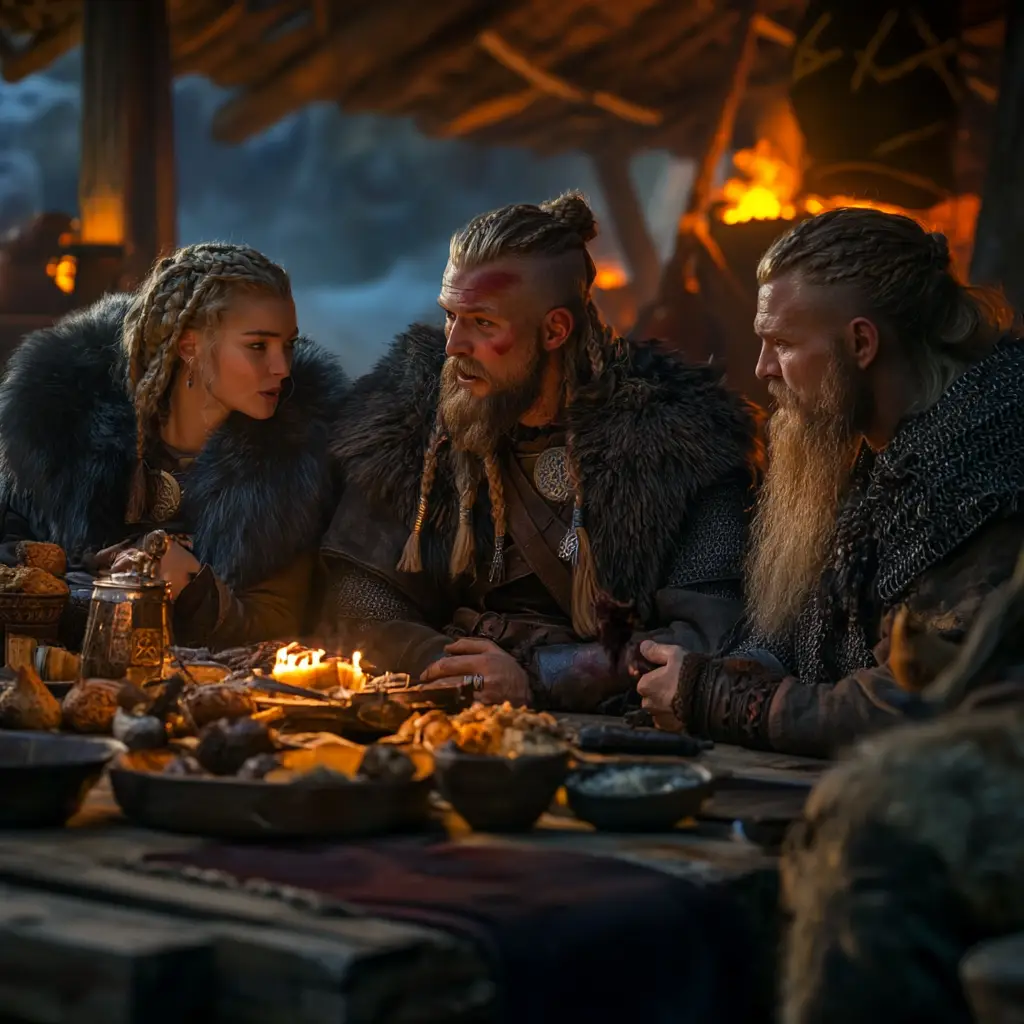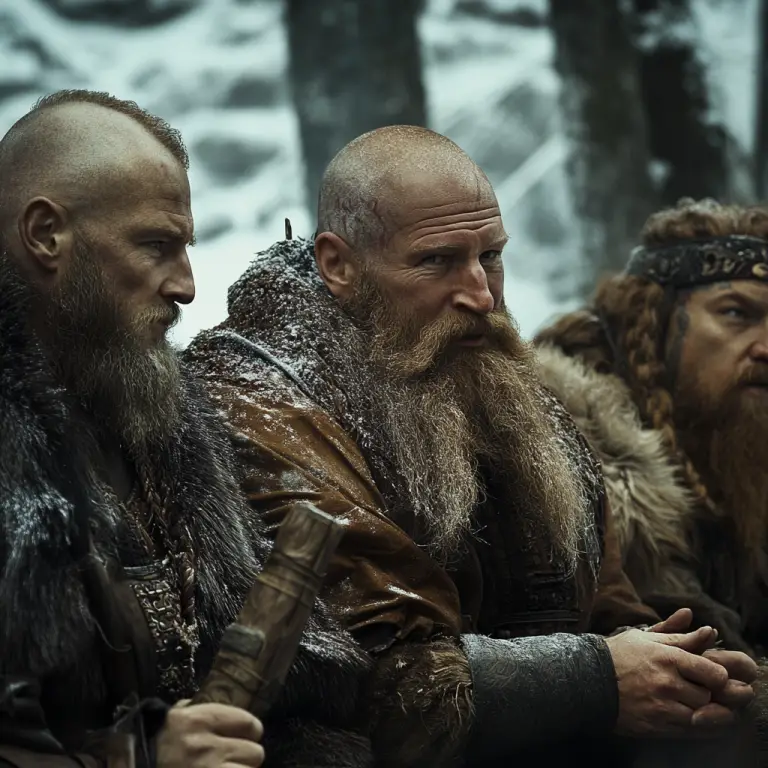The Vikings, seafaring peoples from Scandinavia during the late 8th to early 11th centuries, primarily spoke a language known as Old Norse. This was the common tongue of the Norsemen and served as the foundation for several modern Scandinavian languages, including Icelandic, Norwegian, Danish, and Swedish.
Old Norse belonged to the North Germanic branch of the Germanic language family. It was closely related to Old English, Old High German, and other Germanic tongues, sharing many linguistic features such as similar vocabulary and grammatical structures.
There were two main dialects of Old Norse:
- Old West Norse – Spoken in Norway, Iceland, and parts of the British Isles
- Old East Norse – Spoken in Denmark and Sweden
In the areas where Vikings settled, including parts of England, Scotland, Ireland, and the Isle of Man, Old Norse left a significant mark on local languages. Many English place names (especially in the north and east of England) have Norse origins, such as names ending in -by (meaning village), -thorpe (meaning hamlet), or -thwaite (meaning clearing).
The written form of Old Norse used runic alphabets, particularly the Younger Futhark, a simplified version of the earlier Elder Futhark. Runes were carved into wood, stone, bone, and metal, often used for inscriptions, memorials, or magical purposes.
Over time, as the Viking Age came to an end and Norse culture blended with others, Old Norse gradually evolved or faded, but its legacy remains. Its influence can still be seen in modern English vocabulary (e.g. sky, knife, window, husband) and in the preserved Icelandic language, which still closely resembles Old Norse.
Viking languages were not just means of communication—they were vessels of myth, law, poetry, and storytelling, deeply connected to the rich oral and written traditions of Norse culture.



